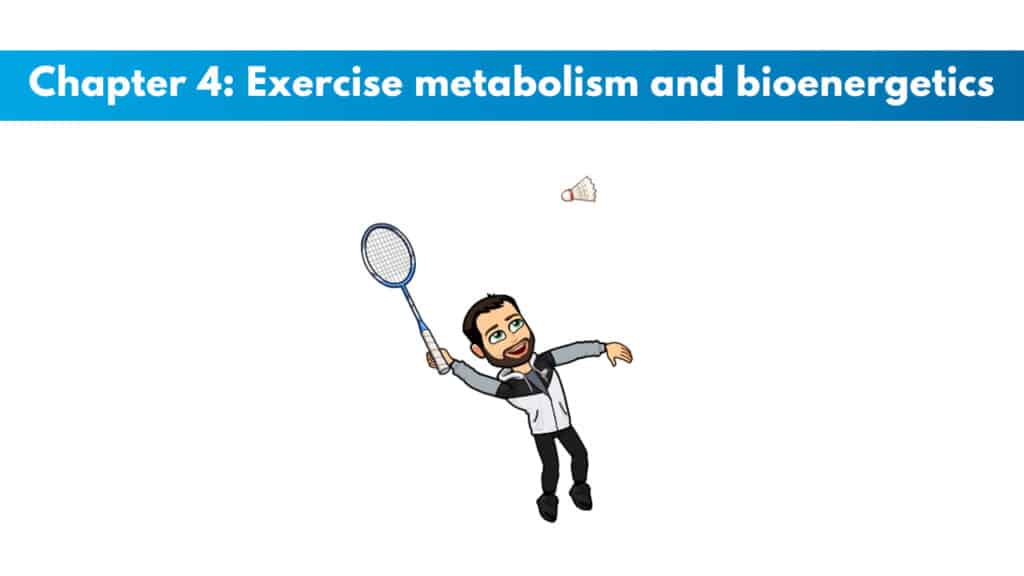
If you have not signed up for NASM CPT, sign up here to save 25% with my personal code PTP25.
Get your copy of the NASM CPT exam cheat sheet. It helps immensely in studying for the exam.
My PTP students report cutting their NASM study time and effort in half with Trainer Academy.
Benefit from the Exam Pass Guarantee and Retake Fee Guarantee. Plus, take advantage of my current discount code PTPJULY for 35% off the MVP Program (Ends July 9th, 2025).
Try it out for free here to see if it’s right for you, or read my detailed review for further insights.
Exclusive PTP CPT Offers |
||
|---|---|---|
Most Popular Cert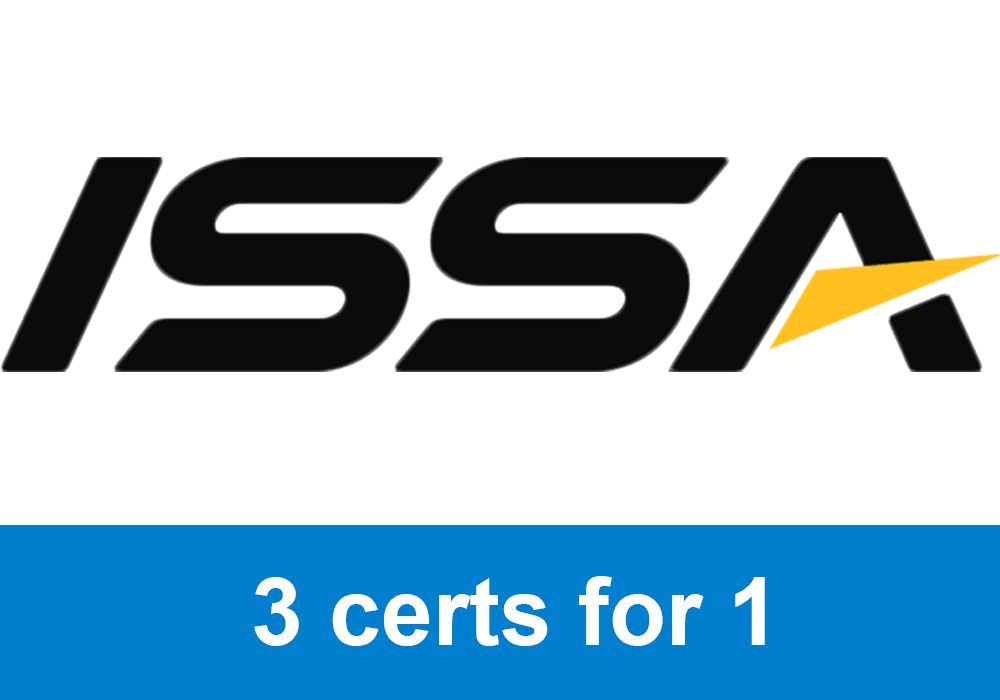 | Best Online NCCA Cert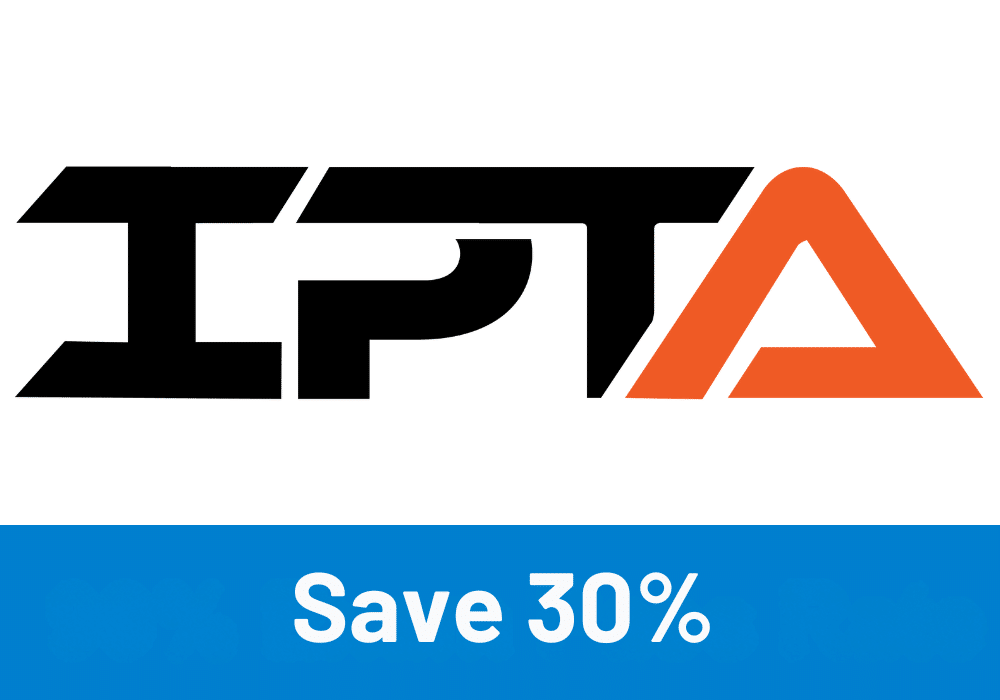 | Best Study Materials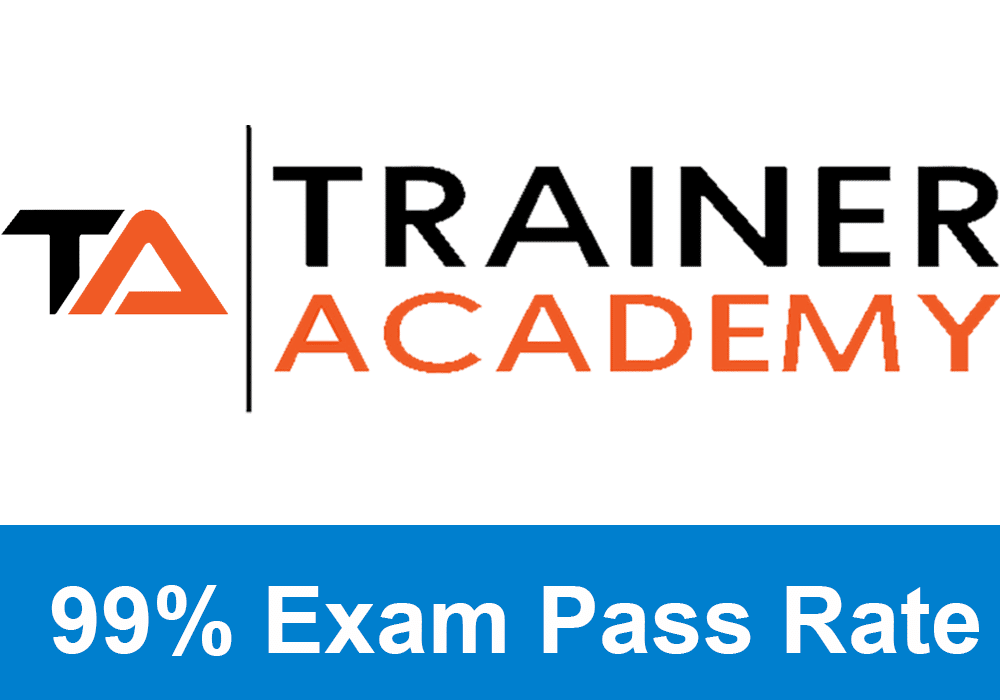 |
Gold Standard Cert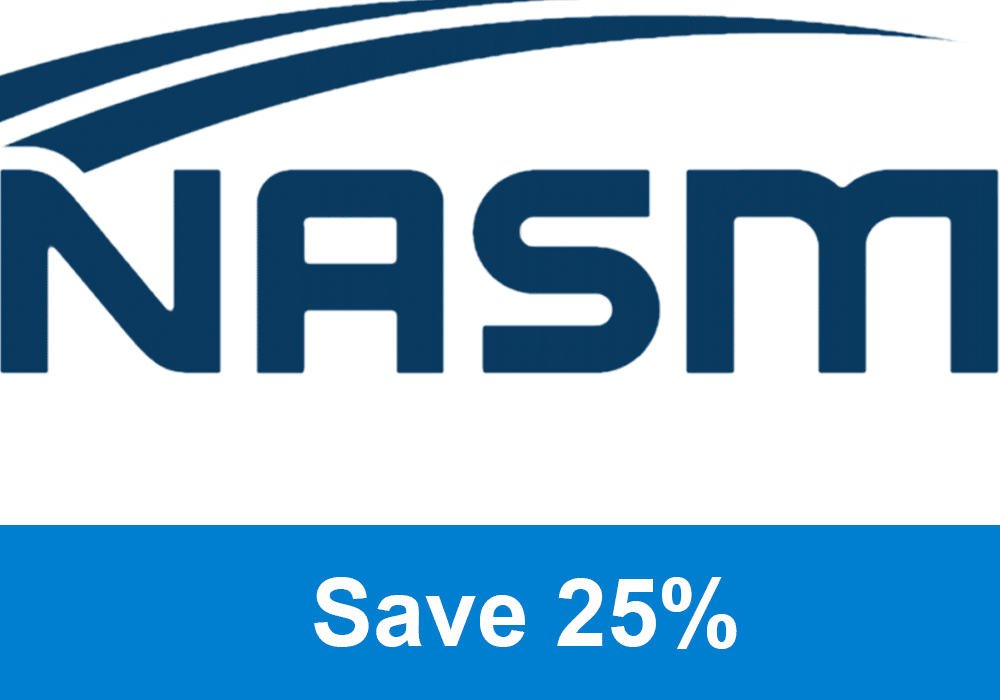 | A Good Option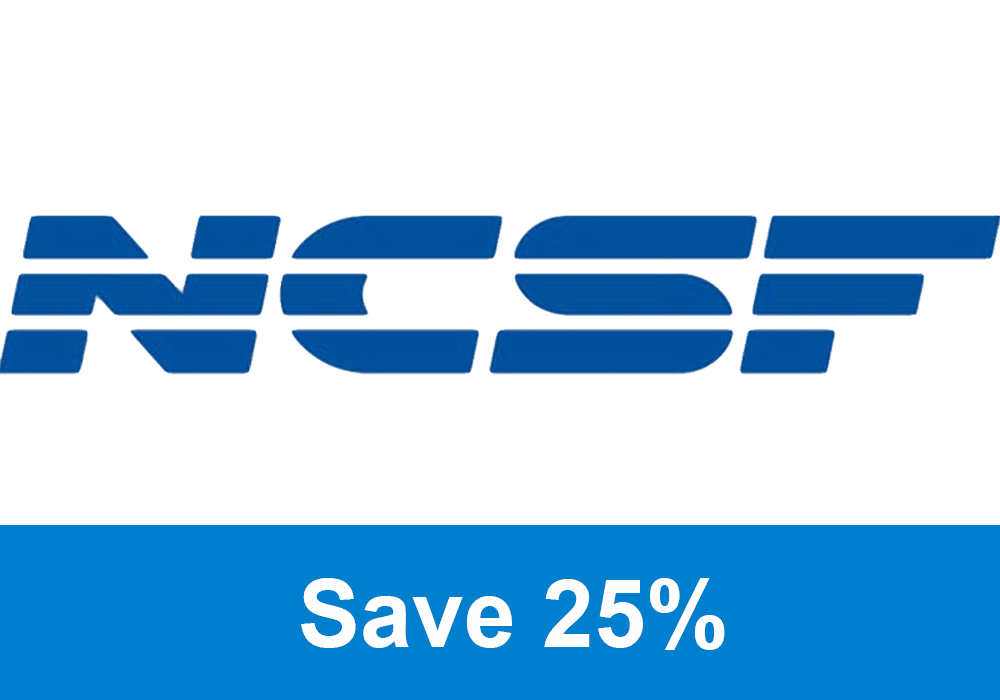 | Best CPT for you?  |
Chapter 4 NASM study guide
Important definitions to learn
Metabolism: This is the process where energy is made available. It is the accumulation of chemical and physical processes by which its material substance is created, destroyed, and maintained.
Bioenergetics: This is the study of how energy transforms within living systems.
Exercise metabolism: This is the total of all bodily processes from the stress that exercise produces.
Energy metabolism
Substrates: The substance that is acted on by an enzyme.
Exclusive PTP CPT Offers |
||
|---|---|---|
Most Popular Cert | Best Online NCCA Cert | Best Study Materials |
Gold Standard Cert | A Good Option | Best CPT for you?  |
Carbohydrates: An organic compound that is the primary supporting tissue for plants.
Glucose: This is a sugar that can come in many different forms. It occurs primarily in tissues, fluids, and fruits. The primary end product is after the digestion of carbohydrates.
Glycogen: This is a polysaccharide that is tasteless and white and is the primary carbohydrate storage in mammals. It occurs primarily in the muscles as well as in the liver.
Fat: This type of organic compound is insoluble in water but soluble in alcohol and ether. Fats are comprised of lipids and our greasy to the human touch.
Triglycerides: These are three fatty acids that connect to glycerol. This makes up most of the fat storage in the human body.
Protein: Multiple linked amino acids (20+) in a linear sequence that form one or more polypeptide chains.
Gluconeogenesis: When glucose is formed from a non-carbohydrate such as fats or protein.
Energy for work
Adenosine triphosphate: The transfer and energy storage unit inside the body’s cells. When the chemical bonds that hold together ATP break, energy is released for work such as muscle contraction. When this bond breaks, it leaves behind ADP (Adenosine diphosphate).
Adenosine diphosphate: This is a high energy compound from which ATP is formed.
Beta (B)-oxidation: This is the first process that breaks down fatty acids. It includes the oxidation of beta carbons and removing carbon fragments from the fatty acid.
EPOC (Excess Post-exercise oxygen consumption): Metabolism will elevate after higher intensity exercises. The reason that you see high-intensity interval training as a successful method for shedding fat. High-intensity work will increase EPOC.
If you want additional study materials, check out the team over at Trainer Academy. They have incredible study materials for NASM And I have a special limited-time discount for my readers. I also suggest you check out my review on Trainer Academy here.

 Have a question?
Have a question? 



just a heads up… you have ADP and ATP mixed up here. Thanks for the free guides
Thomas,
Thanks for pointing this out to me, I will change it immediately.
How important is it to know overactive and underactive muscles?
Hey Nakia,
The overactive and underactive muscles are extremely important for the NASM exam. You will see approximately 10 questions just on the overhead squat assessment alone so pay close attention to these.
Thank you for your free NASM study guide. Question, by focusing on chapters4,5,and 10, how many test questions can I answer? What other chapters are most important. Thank you in advance for your generous help?
That will definitely cover a decent amount, but you won’t be able to pass the test just by knowing those chapters. I would say the most important chapter is chapter 6 out of all of them. Also there are a good amount of questions on nutrition as well. Good luck!